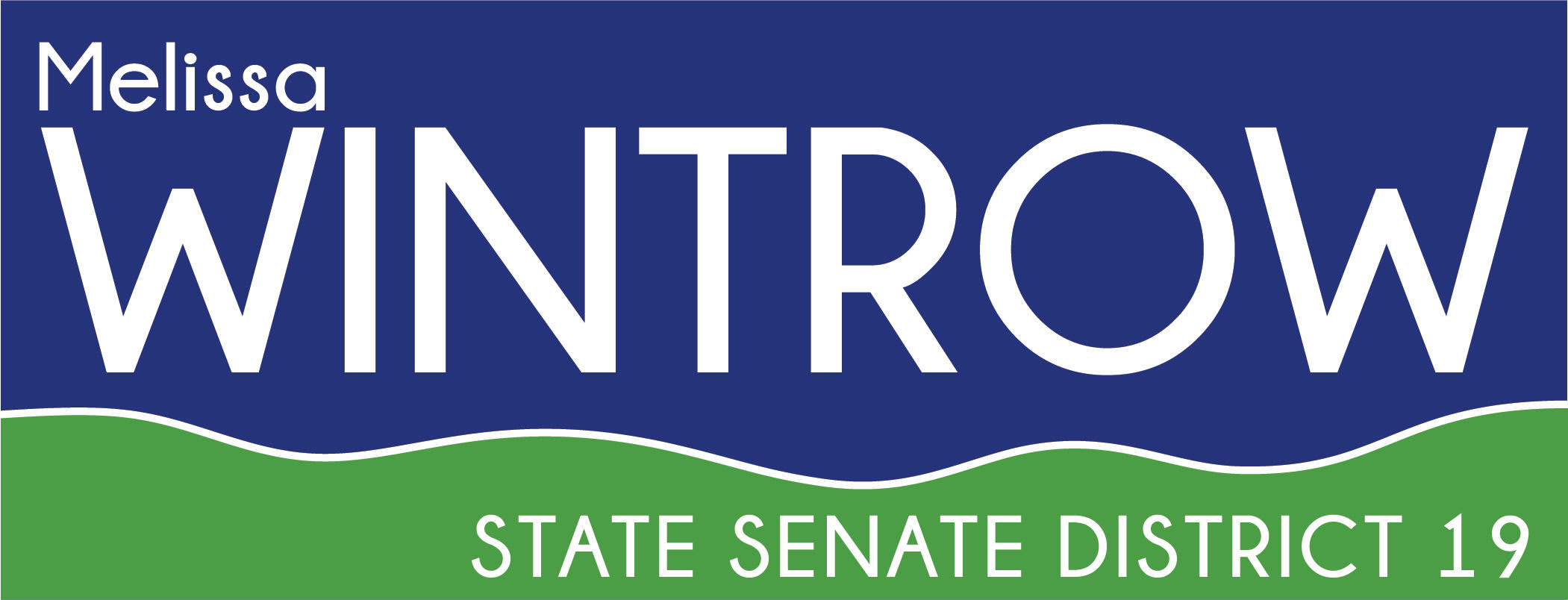We are fearlessly starting off this legislative session with our hopes high and strong!
On the first day of session, Governor Brad Little’s 2020 State of the State address hit many of the right notes about investing in education, transportation, and cybersecurity, but when you listen closer, the overall tone is much more melancholy — his “investments” will come at the clear expense of vital services to Idahoans by slashing budgets in the current year and in 2021. In a booming economy, he wants to starve the beast instead of trim the fat.
In JFAC this week, I asked the Governor’s staff, “Why are we slashing budgets when the economy is booming? Revenues are up, but not like they were. Where did the money go?” Due to deep tax cuts in 2018, we won’t see the same amounts again. Instead of seeing how things played out in 2018, the conservative thing to do, the majority party did a money grab that left most Idahoans paying more taxes and left less money at the state level to pay for things like education, medicaid, infrastructure, etc.
Going into this budget setting cycle, revenues show a robust economy with corporate tax income higher than anticipated and the online sales tax revenue bringing in $7 million a month! Carryover is $20 million while new revenue received by the state over the last 6 months has $34 million in the bank, showing a strong economy. The Rainy Day Fund, our savings account, is full.
Yet, the Governor requested budget cut backs of 1% from state agencies and departments for 2020 ($19 million) with projected cuts of 2% from their budgets annually ongoing beginning 2021. Small agencies with smaller budgets will be crushed and may be forced to eliminate important programs, many that take care of our most vulnerable populations. The online sales tax revenue of $7 million monthly never goes into the State General Fund, but into a tax relief fund, so is not used for public services (like transportation infrastructure) and is not counted in the revenue sharing formula given to our cities and counties. The K-12 education budget is woefully inadequate, having only increased by 1.5% since 2009 with 1,500 more students in the system annually. His $30 million budget increases teacher salaries, but does not fund their healthcare increase. The Governor mandated holdbacks from higher education, including a one year tuition and fees freeze in our four universities. The impacts from both holdbacks and freezes range from cutting student services to cutting faculty.
Even though it is fiscally prudent to put some away in savings, these cuts are austere enough to shut down important public services, endanger public health and safety unnecessarily, and further compromise our education system. The state is growing. There is plenty in the state coffers to pay for Medicaid Expansion outright this year ($41 million).
There is no logical reason for holdbacks; these cuts are politically driven.
The ill-conceived tax cut of 2018 did not cut taxes for the vast majority of Idahoans and many saw their taxes increase. According to the Idaho Department of Labor, Idaho is 49th in the nation in weekly average wage ($825) and 43rd in wages nationally ($36,260). All other surrounding states are higher. The state has grown 1.8%, with the majority of the in-migration over 65 years of age. Home values and property taxes are on the rise which means residents in 39 out of our 44 counties pay more than 30% of their income in housing. The state should be budgeting for a long-term plan to improve infrastructure (roads, bridges, water, sewer, broadband, education, healthcare) and investing in an economy that provides living wages, affordable housing, and decent healthcare.
I’m deeply concerned about the Governor’s budget and the long term impacts to employee salaries and community services. As I have asked, “why starve the state when we could examine the budgets more carefully and trim the fat where possible?” Let’s put policy ahead of politics.
